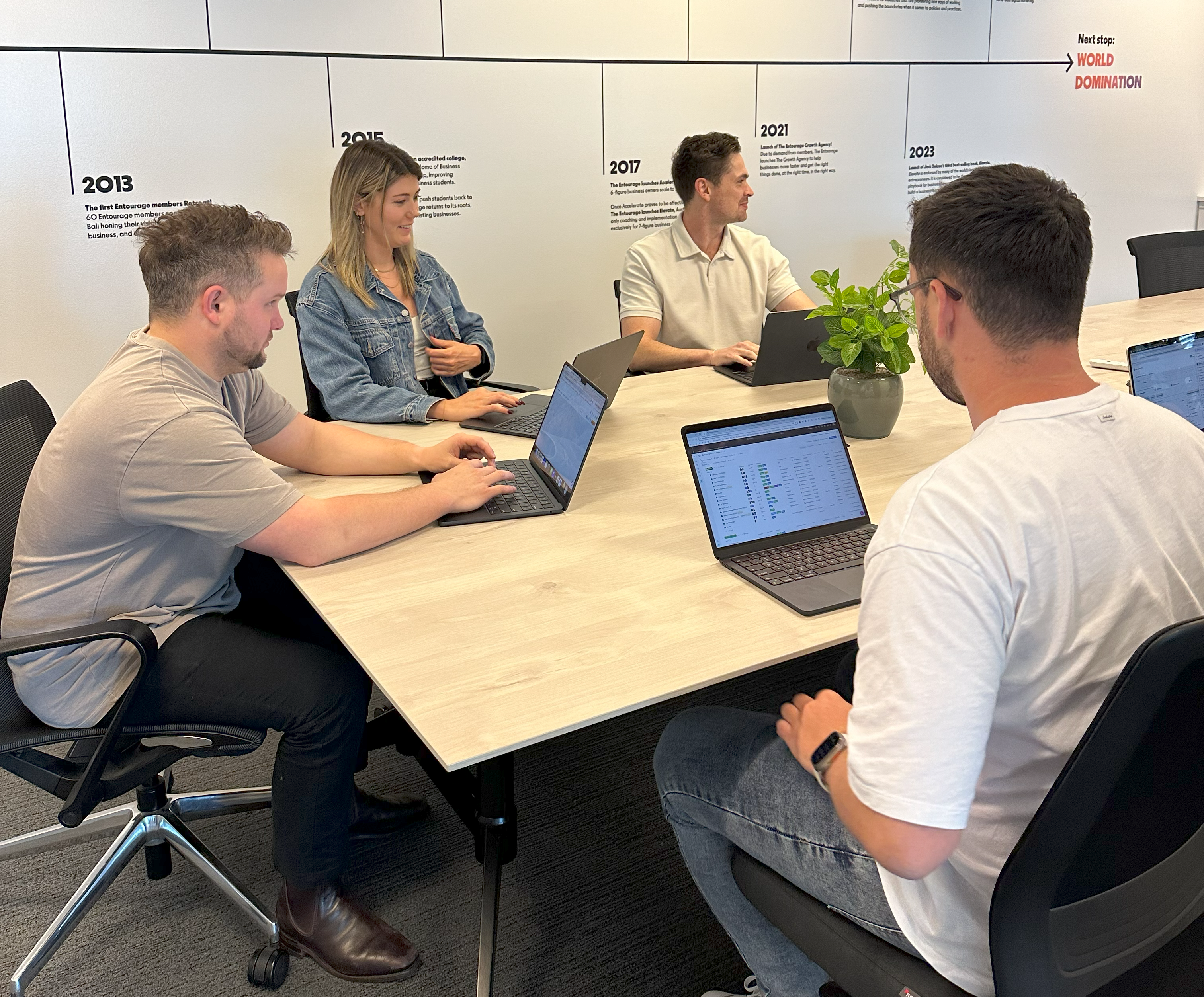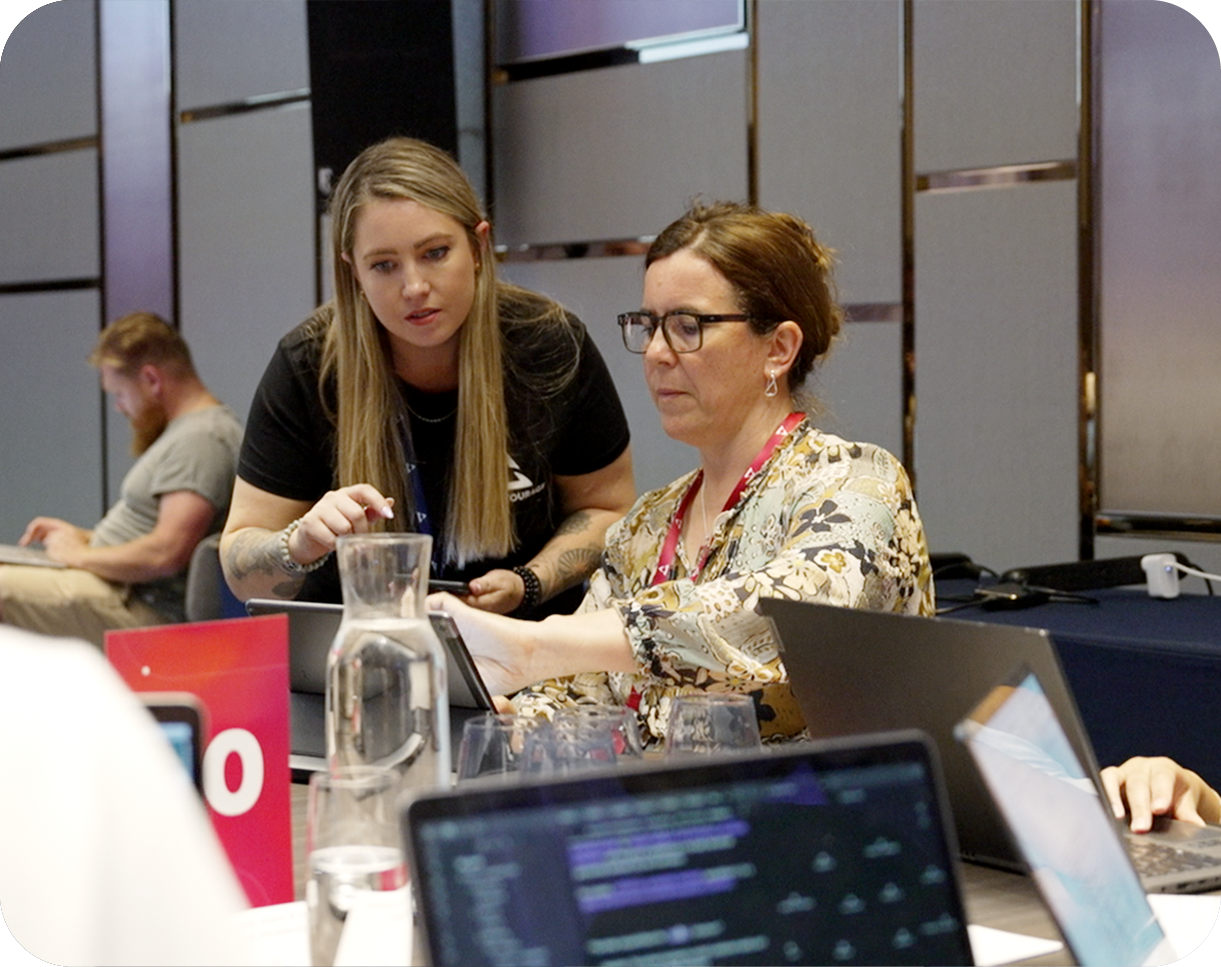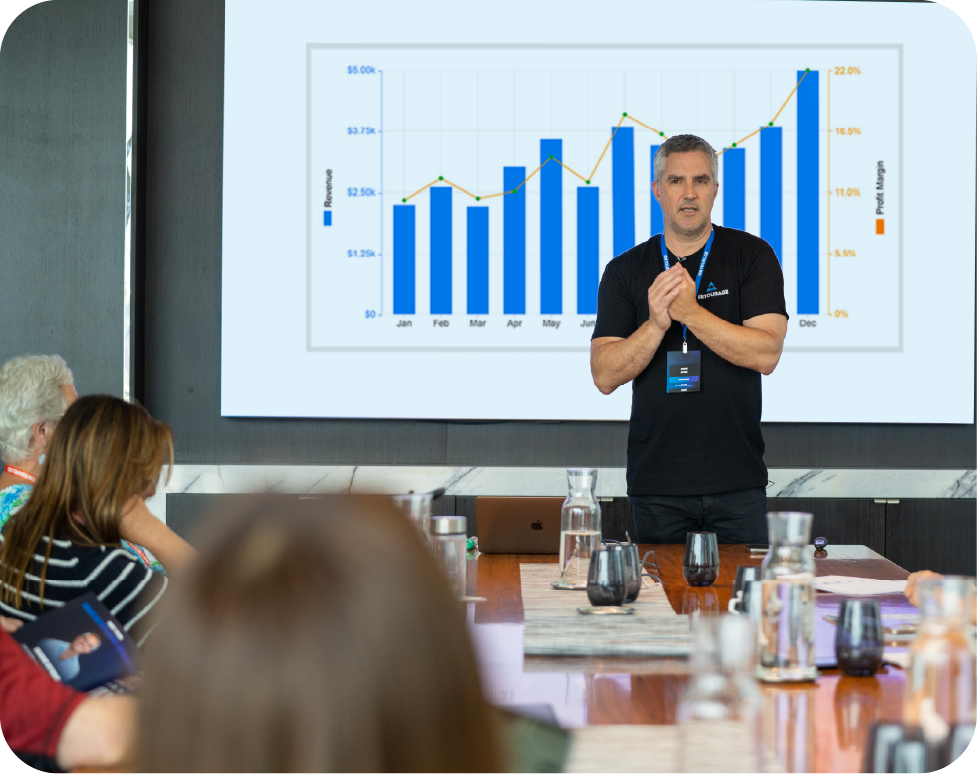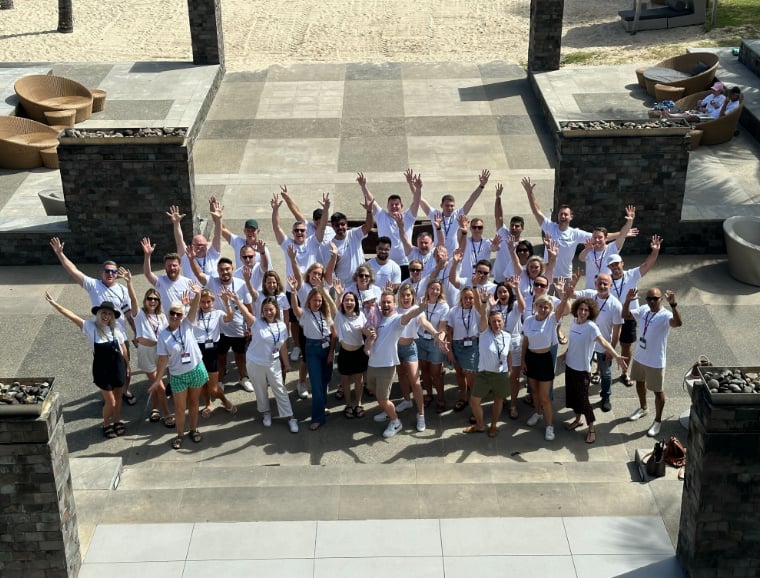Global financial institutions face immense challenges in attracting and retaining top talent. The competitive environment, characterized by technological advancements and evolving regulations, necessitates a strategic approach to talent acquisition and management. As organizations strive to establish a robust workforce that drives innovation and sustains growth, it’s crucial to develop effective strategies that foster loyalty among existing employees. This article explores effective strategies for securing and retaining top talent today.
https://unsplash.com/photos/a-woman-shaking-hands-with-another-woman-sitting-at-a-table-IESB4iFVuzA
Understanding the Financial Hiring
The hiring process is constantly shifting, influenced by factors such as globalization, technological disruption, and changing candidate expectations. Today’s workforce is increasingly keen on work-life balance, professional development, and inclusive workplace cultures. Financial institutions must consider the candidate experience, which includes the recruitment process itself. According to recent studies, candidates often evaluate a company based on its culture and values even before deciding to apply for a position.
Strategic employer branding plays a vital role in attracting the right talent. Organizations that cultivate a strong employer brand often enjoy increased applicant volume and a better fit with their corporate culture. When it comes to financial recruitment, leveraging specialized expertise can make all the difference in connecting top-tier talent with the right opportunities. Highlighting a company’s commitment to innovation, employee growth, and social responsibility helps ensure candidates see the organization as a desirable place to work.
Leveraging Technology in Recruitment
Technology has transformed the recruitment process. Tools such as applicant tracking systems, artificial intelligence, and data analytics allow financial institutions to streamline hiring processes and make data-driven decisions. AI can help in the initial screening of candidates, identifying high-potential individuals based on predefined criteria, which helps human resource teams allocate their time more efficiently. Notably, the integration of automated scheduling software can enhance the candidate experience by simplifying interview coordination.
The advent of social media recruiting cannot be underestimated. Platforms such as LinkedIn have revolutionized how organizations connect with potential talent. Establishing a robust social media presence allows financial institutions to actively engage with candidates, share their company culture, and promote job openings more interactively. Institutions that successfully utilize these platforms often see a marked improvement in their ability to attract top talent, making it a vital approach in the recruitment process.
Creating a Diverse and Inclusive Workplace
Diversity and inclusion are not simply buzzwords. They are critical components of successful talent acquisition and retention strategies. Organizations that prioritize diversity benefit from a wider range of perspectives, which enhances creativity and innovation. It has been observed that diverse teams outperform homogeneous ones by a significant margin. Therefore, financial institutions should focus on diversifying their hiring practices, actively seeking to eliminate biases in recruitment and selection processes. This commitment should extend beyond just hiring practices to encompass ongoing diversity training and awareness programs to cultivate a culture of inclusivity.
Creating an inclusive workplace involves establishing supportive policies and programs, such as mentorship initiatives and flexible working arrangements. Such programs enable employees from underrepresented groups to feel valued and supported, ultimately leading to higher retention rates and greater employee satisfaction. For organizations aiming to enhance their talent pool, fostering a diverse environment can be one of the most powerful strategies available.
Offering Competitive Benefits and Growth Opportunities
To attract top talent, financial institutions must offer a comprehensive benefits package that addresses the varied needs and preferences of a diverse workforce. Flexible working conditions, remote work opportunities, and generous parental leave policies can be significant differentiators in a saturated market. Research shows that employees are increasingly valuing work-life balance and benefits that allow them to manage personal and professional commitments effectively.
Professionals in the financial sector often seek career advancement and development opportunities. Organizations must therefore invest in continuous training and development programs that equip employees with the skills necessary for future advancements in their careers. Effective mentorship and coaching initiatives can create pathways for professional growth, further enhancing job satisfaction and loyalty. By creating a culture that prioritizes personal and professional development, institutions can ensure that employees remain engaged and motivated.
Building Strategic Partnerships for Recruitment
Establishing strategic partnerships can enhance recruitment efforts significantly. Collaborating with universities, training programs, and professional organizations can help tap into new talent pools and create a pipeline of qualified candidates. Engaging with educational institutions fosters relationships that can lead to internship programs and industry collaborations.
Partnering with industry-related organizations ensures access to a broader network of professionals. Membership in these organizations offers financial institutions the opportunity to participate in events and workshops, showcasing their brand and expertise. By promoting their image as industry leaders, these partnerships allow organizations to stand out among competitors in talent acquisition.
Implementing Data-Driven Decision Making
Adopting a data-driven approach to recruitment can help financial institutions make informed decisions. Analyzing recruitment metrics such as time-to-fill, quality-of-hire, and candidate satisfaction can unlock insights that drive improvements in the hiring process. Tracking the source of successful hires can identify which channels are most effective in attracting top talent. This knowledge allows organizations to refine their recruitment strategies continuously.
Leveraging data analytics can enhance the onboarding process, ensuring new hires transition smoothly into their roles. By measuring engagement during the onboarding phase, organizations can pinpoint areas where support is needed and improve the experience for new employees. A positive onboarding experience can significantly impact retention, making it an important focus area for recruitment teams.
https://pixabay.com/photos/interview-deal-business-handshake-4835116/
Securing top talent in global financial institutions requires a multifaceted approach that integrates technology, diversity, compelling benefits, strategic partnerships, and data-driven decision-making. By focusing on these aspects, organizations build a committed workforce that aligns with their long-term goals.
Related Categories
Ryan Terrey
As Director of Marketing at The Entourage, Ryan Terrey is primarily focused on driving growth for companies through lead generation strategies. With a strong background in SEO/SEM, PPC and CRO from working in Sympli and InfoTrack, Ryan not only helps The Entourage brand grow and reach our target audience through campaigns that are creative, insightful and analytically driven, but also that of our 6, 7 and 8 figure members' audiences too.





